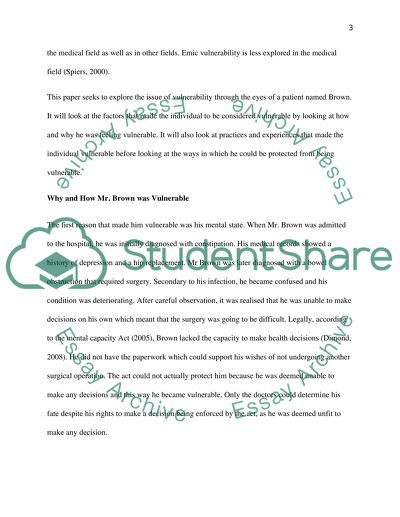Cite this document
(“Vulnerability Essay Example | Topics and Well Written Essays - 2500 words”, n.d.)
Retrieved from https://studentshare.org/nursing/1615692-vulnerability
Retrieved from https://studentshare.org/nursing/1615692-vulnerability
(Vulnerability Essay Example | Topics and Well Written Essays - 2500 Words)
https://studentshare.org/nursing/1615692-vulnerability.
https://studentshare.org/nursing/1615692-vulnerability.
“Vulnerability Essay Example | Topics and Well Written Essays - 2500 Words”, n.d. https://studentshare.org/nursing/1615692-vulnerability.


